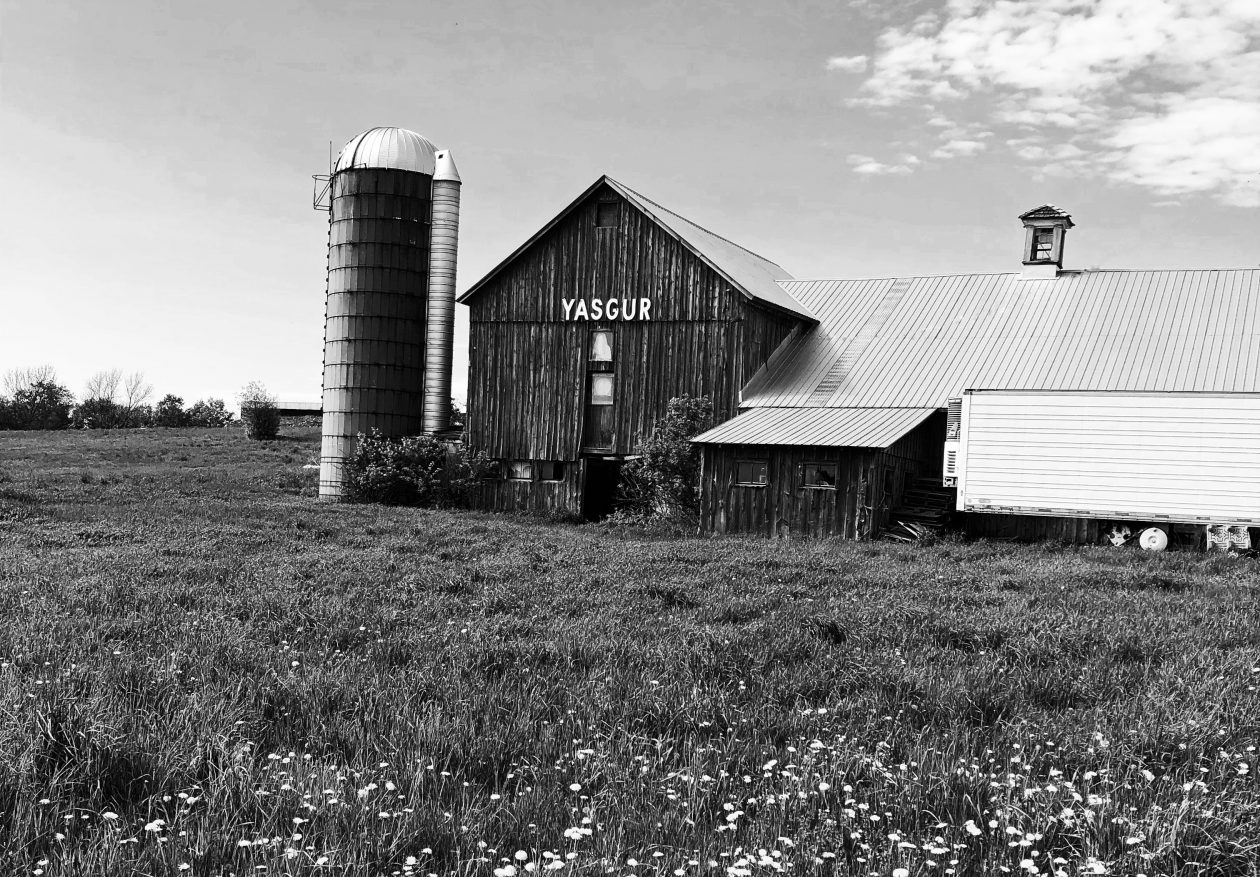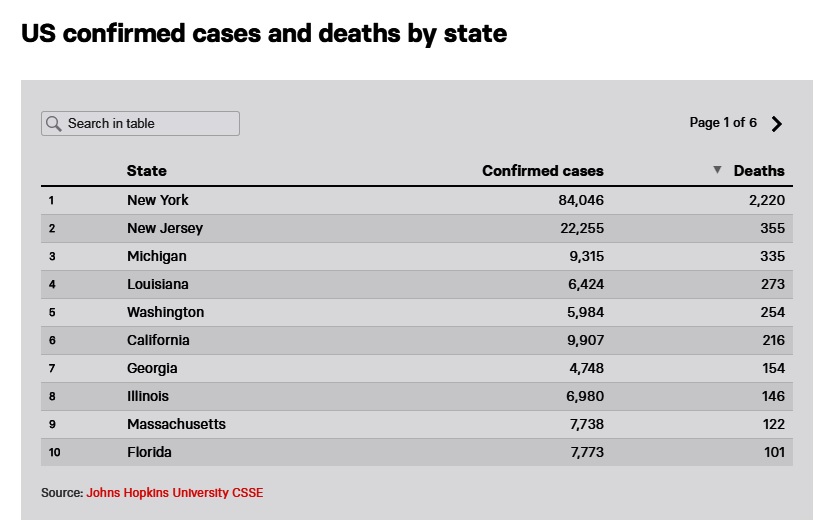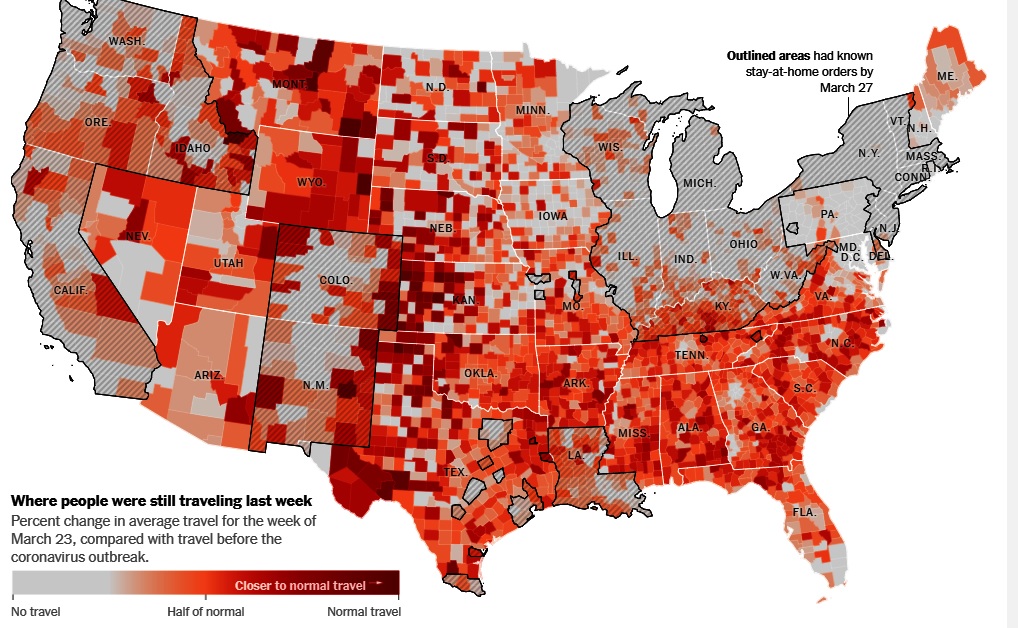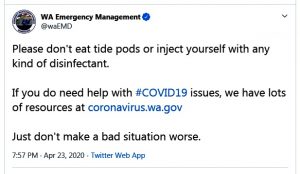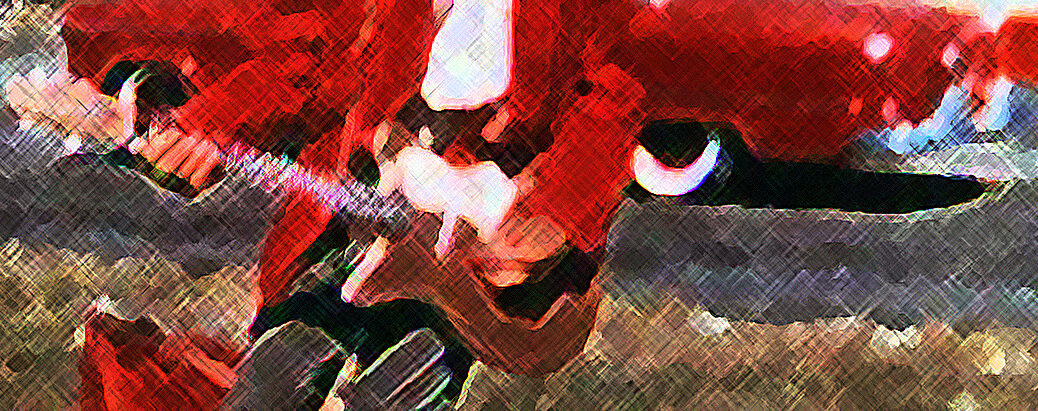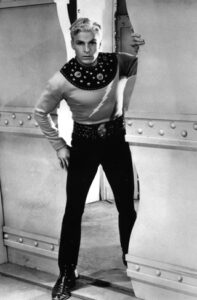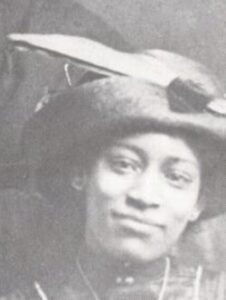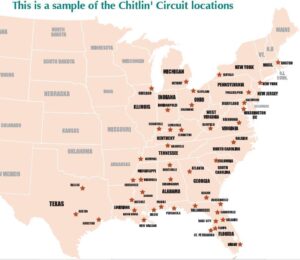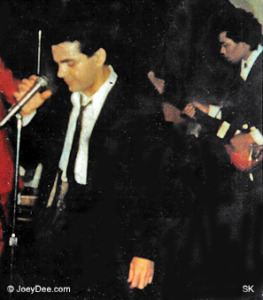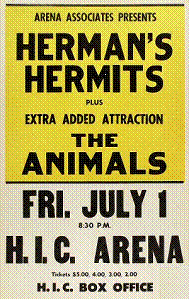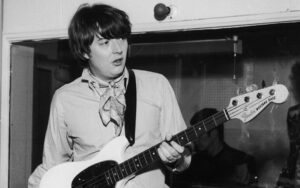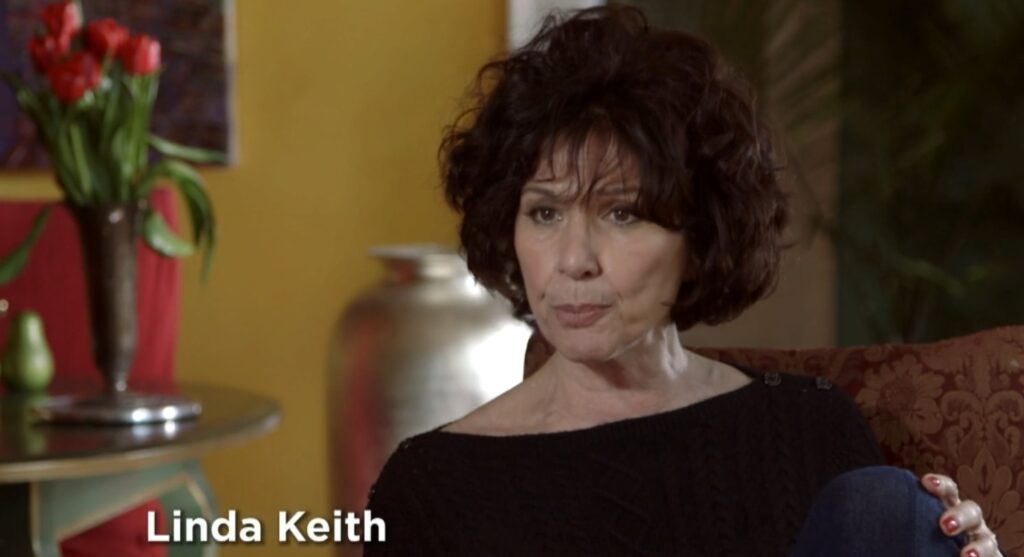April 2020 COVID 19
The United States entered its second month of the COVID-19 pandemic. Political leaders and medical experts continued to speak of “flattening the curve,” but at the local level, stress and anxiety dominated the quotidian lives of most Americans. We hid from this invisible enemy that seemed to kill certain people more (the elderly, those with preexisting health conditions), yet often killed the apparently healthy as well.
This post covers the topic in a more general way. See Trump April for a post that deals more with President Trump and his administration’s policies regarding the disease.
Trump claims…
April 1, 2020: CNN reported that President Donald Trump had made another series of false, misleading or dubious claims at a coronavirus briefing that began with an off-topic discussion of his administration’s efforts to fight drug trafficking.
Where America Didn’t Stay Home Even as the Virus Spread
April 2, 2020: the NY Times reported that stay-at-home orders had nearly halted travel for most Americans, but people in Florida, the Southeast and other places that waited to enact such orders had continued to travel widely, potentially exposing more people as the coronavirus outbreak accelerated according to an analysis of cellphone location data
April 2020 COVID 19
Trump Claims Testing For Coronavirus Most Per Capita
During his briefing with the coronavirus task force, President Trump repeated a claim that the United States has done more testing for the contagion on a per-capita basis than any other country.
“We’re now conducting well over 100,000 coronavirus tests per day,” Trump said. “It’s over 100,000 tests a day. And these are accurate tests, and they’re moving rapidly, which is more than any other country in the world, both in terms of the raw number and also on a per-capita basis, the most.”
Given the population of the U.S. (about 327 million), that’s roughly one in every 273 people, as of April 2.
South Korea, with its population of 51.5 million, has done 431,743 tests, according to the Korea Centers for Disease Control and Prevention. That’s approximately one in every 119 people.
Germany had tested about one-in-90 people — 918,460 with a population of 82.8 million. Germany also happens to have one of the lowest fatality rates from COVID-19.
With 581,232 tests conducted, according to the Italian health ministry, and a population of roughly 60.5 million, Italy’s testing per capita is on par with South Korea — about one in every 104.
COVID 19 April 2020
Navy Captain Relieved of Duty
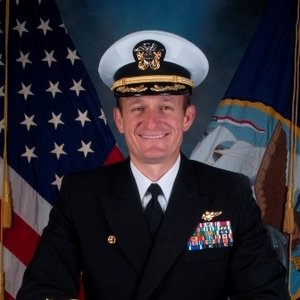
April 2: acting Secretary of the Navy Thomas Modly relieved Capt. Brett Crozier who had written a letter to his superiors about a coronavirus outbreak aboard the USS Theodore Roosevelt aircraft carrier.
“I lost confidence in his ability,” acting Secretary of the Navy Thomas Modly said of Crozier.
Modly charged that by having “widely distributed” a letter highly critical of the management of a coronavirus outbreak Crozier had “allowed emotion” to color his judgment” and that the captain’s letter “was sent outside the chain of command.” (see April 6 below)
April 2020 COVID 19
1,000,000+ infections
April 3: at least one million infections had been detected worldwide, but experts suspected that the true number was far larger because of asymptomatic cases and delays in widespread testing. The Australian medical chief estimated that there are between five million and 10 million cases.
The number of recorded deaths in the United States topped 1,000 in a single day for the first time. In New York City, the center of the country’s outbreak, both hospitals and morgues struggled to meet surging demand.
April 2020 COVID 19
April 2019
On April 3, 2020 CNN reported that at the at the BioDefense Summit on April 17, 2019, Health and Human Services Secretary Alex Azar and Tim Morrison, then a special assistant to the President and senior director for weapons of mass destruction and biodefense on the National Security Council said, “Of course, the thing that people ask: ‘What keeps you most up at night in the biodefense world?’ Pandemic flu, of course. I think everyone in this room probably shares that concern,” Azar said, before listing off efforts to mitigate the impact of flu outbreaks.
Such a statement undercut President Donald Trump’s repeated claims that the coronavirus pandemic was an unforeseen problem.
C.D.C. says all Americans should wear masks.
Trump says he won’t.
April 3: President Trump said that the Centers for Disease Control and Prevention was urging all Americans to wear a mask when they leave their homes, but he undercut the message by repeatedly calling the recommendation voluntary and saying he would not wear one himself.
“With the masks, it is going to be a voluntary thing,” the president said at the beginning of the daily coronavirus briefing at the White House. “You can do it. You don’t have to do it. I am choosing not to do it. It may be good. It is only a recommendation, voluntary.”
“Wearing a face mask as I greet presidents, prime ministers, dictators, kings, queens — I don’t know,” he added, though he stopped receiving foreign dignitaries weeks ago. “Somehow, I just don’t see it for myself.” [NYT article]
April 2020 COVID 19
Trump Continues To Claim Drug Can Treat Coronavirus
April 3: NPR reported that President Trump continued to claim that hydroxychloroquine was a promising treatment for COVID-19.
“Hydroxychloroquine, I don’t know,” he said, shaking his head. “It’s looking like it’s having some good results. I hope that, that would be a phenomenal thing.”
But the clinical trials of hydroxychloroquine had just recently started, and the scientists in charge of them have not reported any results as yet, either positive or negative. Seeing any positive effect from the drug is likely to take some time, perhaps weeks.
Dr Anthony Fauci
April 3: during a CNN interview, Dr. Anthony Fauci , the nation’s top infectious disease expert said he doesn’t understand why every state hasn’t issued stay-at-home orders as novel coronavirus cases continue to surge across the US.
“I don’t understand why that’s not happening,” Fauci told CNN’s Anderson Cooper during CNN’s coronavirus town hall.
April 2020 COVID 19
Surge yet…
April 4: the NY Times reported that President Trump predicted a surging death toll in what he said may be “the toughest week” of the coronavirus pandemic before also dispensing unproven medical advice. He suggested again that Americans might be able to congregate for Easter services next Sunday.
“There will be a lot of death,” he said at the White House, where he and other American officials depicted some parts of the United States as climbing toward the peaks of their crises, while warning that new hot spots were emerging in Pennsylvania, Colorado and Washington, D.C.
April 2020 COVID 19
“What do you have to lose?“
April 5: NPR reported that President Trump doubled down on the suggestion that people facing the coronavirus should consider taking an anti-malaria drug that has not been proven to be an effective treatment.
In a news conference he repeated a line he has said many times before — “what do you have to lose?” — when detailing that the federal government had stockpiled 29 million doses of hydroxychloroquine for potential use to treat the virus. He also suggested doctors take the drug before treating coronavirus patients.
“What do you have to lose? What do you have to lose? And a lot of people are saying that when … and are taking it, if you’re a doctor, a nurse, a first responder, a medical person going into hospitals, they say taking it before the fact is good, but what do you have to lose? They say, take it, I’m not looking at it one way or the other, but we want to get out of this. If it does work, it would be a shame if we didn’t do it early. But we have some very good signs. So that’s hydroxychloroquine and as azithromycin, and again, you have to go through your medical people get the approval. But I’ve seen things that I sort of like, so what do I know? I’m not a doctor, I’m not a doctor, but I have common sense. [full transcript]
April 2020 COVID 19
70,525 deaths
April 6: cases: 1,287,112 [view by country]; deaths: 70,525
April 6: Dr. Mike Ryan, head of the WHO’s Health Emergencies Programme, said you can’t lift a lockdown all at once. “You need to say, ‘We will stop doing this element of the shutdown, and then we will wait, and we will look at the data. If that works, we go to the next stage and the next stage.’ So a careful, calibrated stepwise exit from lockdown.” [NPR timeline]
April 2020 COVID 19
More Modley Mishaps
April 6: Acting Navy Secretary Thomas B. Modly flew to Guam where the the U.S.S. Theodore Roosevelt was docked. On board, Modly excoriated the fired commander of the ship to its crew via the ship’s internal loudspeaker system according to a transcript that was leaked online. The New York Times obtained an audio recording that supports the transcript’s authenticity.
In a profane and defensive address that one crew member described in an interview as “whiny, upset, irritated, condescending,” Modly took repeated shots at the integrity of Capt. Brett E. Crozier.
He also rebuked the crew for having cheered their captain as he left the ship. [NYT article]
April 7: Modly resigned. (see April 24 below)
Trump Attacks WHO
76, 323 deaths
April 7: Cases: 1,361,674 [view by country] Deaths: 76,323
83,512 deaths
April 8: cases: 1,450,950 (view by country); deaths: 83,512
April 8: “Please don’t politicize this virus,” Tedros said in a briefing in Geneva after he was asked about Trump’s remarks the day before. He later urged political leaders to “please quarantine politicizing COVID.” [NPR timeline]
89,426 deaths
April 9: cases: 1,529,968 (view by country) ; deaths: 89,426
April 2020 COVID 19
Mid-February in NY
April 9: the NY Times reported that new research indicated that the coronavirus began to circulate in the New York area by mid-February, weeks before the first confirmed case, and that travelers brought in the virus mainly from Europe, not Asia.
“The majority is clearly European,” said Harm van Bakel, a geneticist at Icahn School of Medicine at Mount Sinai, who co-wrote a study awaiting peer review.
A separate team at N.Y.U. Grossman School of Medicine came to strikingly similar conclusions, despite studying a different group of cases. Both teams analyzed genomes from coronaviruses taken from New Yorkers starting in mid-March.
The research revealed a previously hidden spread of the virus that might have been detected if aggressive testing programs had been put in place.
97,192 deaths
April 10: cases: 1,622,049 [view by country] deaths: 97,192
107,644 deaths
April 11: cases, 1,760,853 [view by country] deaths: 107,644
114,053 deaths
April 12: cases, 1,849,473 [view by country] deaths: 114,053
April 2020 COVID 19
US Has Most COVID Deaths
April 12: NPR reported that the death toll in the United States from the coronavirus surpassed Italy’s, putting America at No. 1 worldwide for the number of people killed by the strain.
Data compiled by the Johns Hopkins University Coronavirus Resource Center showed the U.S. lost more than 20,600 patients to the virus. At the same point, Italy had nearly 19,500 deaths.
Chloroquine Study Halted
April 13: the NY Times reported that a small study of chloroquine, which is closely related to the hydroxychloroquine drug that President Trump has promoted, was halted in Brazil after coronavirus patients taking a higher dose developed irregular heart rates that increased their risk of a potentially fatal arrhythmia.
The study, which involved 81 hospitalized patients in the city of Manaus, was sponsored by the Brazilian state of Amazonas. Roughly half the participants were prescribed 450 milligrams of chloroquine twice daily for five days, while the rest were prescribed 600 milligrams for 10 days.
Within three days, researchers started noticing heart arrhythmias in patients taking the higher dose. By the sixth day of treatment, 11 patients had died, leading to an immediate end to the high-dose segment of the trial.
117,785 deaths
April 13: cases: 1,898,018 [view by country] ; deaths: 117,785
April 2020 COVID 19
Where it IT come from?
April 13: CNN reported that despite evidence from infectious disease experts suggesting otherwise, nearly 30% of Americans in a new Pew poll said they believe the novel coronavirus was likely created in a lab.
123,481 deaths
April 14: cases: 1,956,457 [view by country]; deaths: 123,481
COVID 19 April 2020
Criticized for Pandemic Response, Trump Tries Shifting Blame to the W.H.O.
April 14: the NY Times reported that recent polls had show that more Americans disapproved of President Trump’s handling of the virus than approve.
On this date, the president tried to shift the blame elsewhere, ordered his administration to halt funding for the World Health Organization and claimed the organization had made a series of devastating mistakes as it sought to battle the virus. He said his administration would conduct a review into whether the W.H.O. was responsible for “severely mismanaging and covering up” the spread.
“So much death has been caused by their mistakes,” the president told reporters during a White House briefing.
António Guterres, the secretary general of the United Nations, defended the World Health Organization, saying it “must be supported, as it is absolutely critical to the world’s efforts to win the war against Covid-19.”
Guterres added that it was “possible that the same facts have had different readings by different entities,” but he said that the middle of a pandemic was not the time to resolve those differences.
“It is also not the time to reduce the resources for the operations of the World Health Organization or any other humanitarian organization in the fight against the virus,” he said.
Patrice A. Harris, the president of the American Medical Association, said that the move was “a dangerous step in the wrong direction.” [2nd NYT article]
133,276 deaths
April 15: cases: 2,067,900, [view by country] ; deaths: 133,276
144,313 deaths
April 16: cases: 2,164,984 [view by country]; deaths: 144,313
China revises its figures
April 17: the NY Times reported that faced with mounting skepticism over its official figures, China revised upward its death toll in the city where the coronavirus first emerged.
Officials placed the new tally at 3,869 deaths from the coronavirus in the central Chinese city of Wuhan, an increase of 1,290, or 50 percent, from the previous figure. The number of confirmed infections in the city was also revised upward to 50,333, an increase of 325.
Officials in Wuhan said the revised death toll included those who died at home in the early days of the outbreak, as well as deaths that had not been properly reported by hospitals or registered on death certificates.
152,398 deaths
April 17: cases, 2,225,394; [view by country]; deaths: 152,398
April 2020 COVID 19
Global Citizen Virtual Concert
April 18: Former first ladies Laura Bush and Michelle Obama made an appearance on the Global Citizen “One World: Together At Home” televised concert special, separately, from their own homes, sharing messages of thanks and hope.
US exports PPE
161,270 deaths
April 19: cases: 2,350,075 [view by country]; deaths: 161,270.
169,943 deaths
April 20: cases: 2,470,893, [view by country] ; deaths: 169,943
April 2020 COVID 19
Earlier COVID Deaths
April 21: the NY Times reported that the medical examiner of Santa Clara California revealed that autopsies of two people who died at their homes on Feb. 6 and Feb. 17 were infected with the coronavirus — weeks before the first officially recorded death in Seattle. The revelation gave public health detectives trying to retrace the path of the coronavirus across America another clue to that path.
Neither of the victims had a travel history, meaning that in all probability they were infected in the community, indicating that the virus was already spreading at that time.
178,669 deaths
April 22: cases: 2,575,875 [view by country] deaths: 178,669
191,899 deaths
April 24: cases: 2,746,954 [view by country]; deaths: 191,899
April 24: the NY Times reported that the chief of Naval Operations, Admiral Michael M. Gilday, and the acting Navy Secretary, James McPherson recommended that Capt. Brett E. Crozier should be restored to command of the aircraft carrier Theodore Roosevelt.
But Defense Secretary Mark T. Esper, who was briefed on the recommendations, has asked for more time to consider whether he would sign off on the reinstatement.
April 2020 COVID 19
Immunity?
April 23: the Irish Times reported that the World Health Organisation (WHO) said that there was currently “no evidence” that people who have recovered from coronavirus and have antibodies are protected from a second coronavirus infection.
In a scientific brief, the United Nations agency warned governments against issuing “immunity passports” or “risk-free certificates” to people who have been infected as their accuracy could not be guaranteed.
The practice could actually increase the risks of continued spread as people who have recovered from the illness, also known as Covid-19, may ignore advice about taking standard precautions against the virus, it said. [NPR story]
WHO dissed
April 24: Reuters reported that a spokesman for the U.S. mission in Geneva announced that the United States would not take part in the launching of a global initiative on May 1 to speed the development, production and distribution of drugs and vaccines against COVID-19.
“There will be no U.S. official participation”, he said in an email reply to a query. “We look forward to learning more about this initiative in support of international cooperation to develop a vaccine for COVID-19 as soon as possible.”
198,532 deaths
April 25: cases: 2,855,699 [view by country]; deaths: 198,532
200,000+ Deaths
April 26: cases: 2,953,699; deaths: 204,723
228,828 deaths
April 30: cases: 3,237,600; deaths: 228,828
April 2020 COVID 19
- COVID 19 Pandemic Begins
- February 2020 COVID 19
- March 2020 COVID 19
- May 2020 COVID 19
- Trump/COVID 19 Begin
- Trump COVID 19 Continue
- April 2020 Trump COVID
- June 2020 COVID 19
- July 2020 COVID 19
- August 2020 COVID 19
- September 2020 COVID 19
- October 2020 COVID 19
- November 2020 COVID 19
- December 2020 COVID 19
- Winter 2021 COVID 19
- Spring 2021 COVID 19
- Summer 2021 COVID 19
- Fall Winter 2021 COVID
April 2020 COVID 19, April 2020 COVID 19, April 2020 COVID 19, April 2020 COVID 19, April 2020 COVID 19, April 2020 COVID 19, April 2020 COVID 19, April 2020 COVID 19, April 2020 COVID 19, April 2020 COVID 19, April 2020 COVID 19, April 2020 COVID 19, April 2020 COVID 19, April 2020 COVID 19, April 2020 COVID 19, April 2020 COVID 19, April 2020 COVID 19, April 2020 COVID 19,
